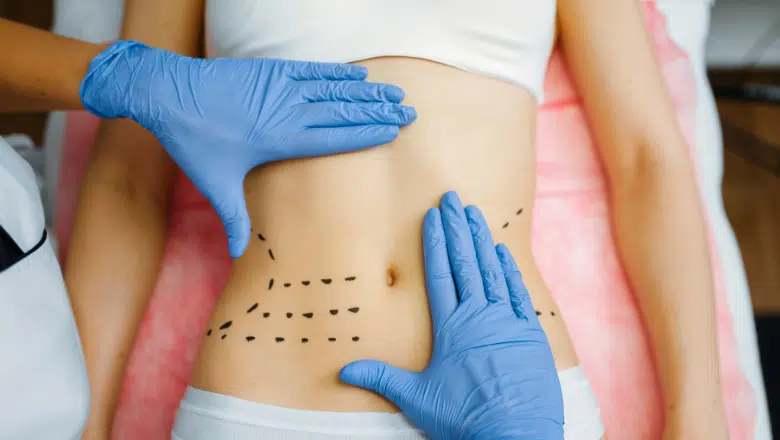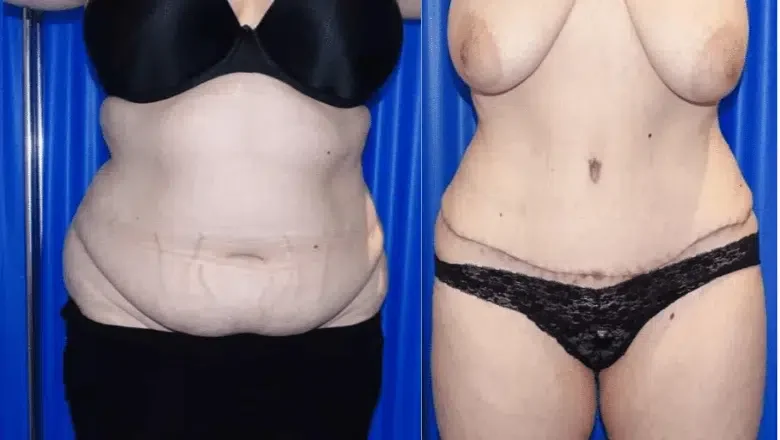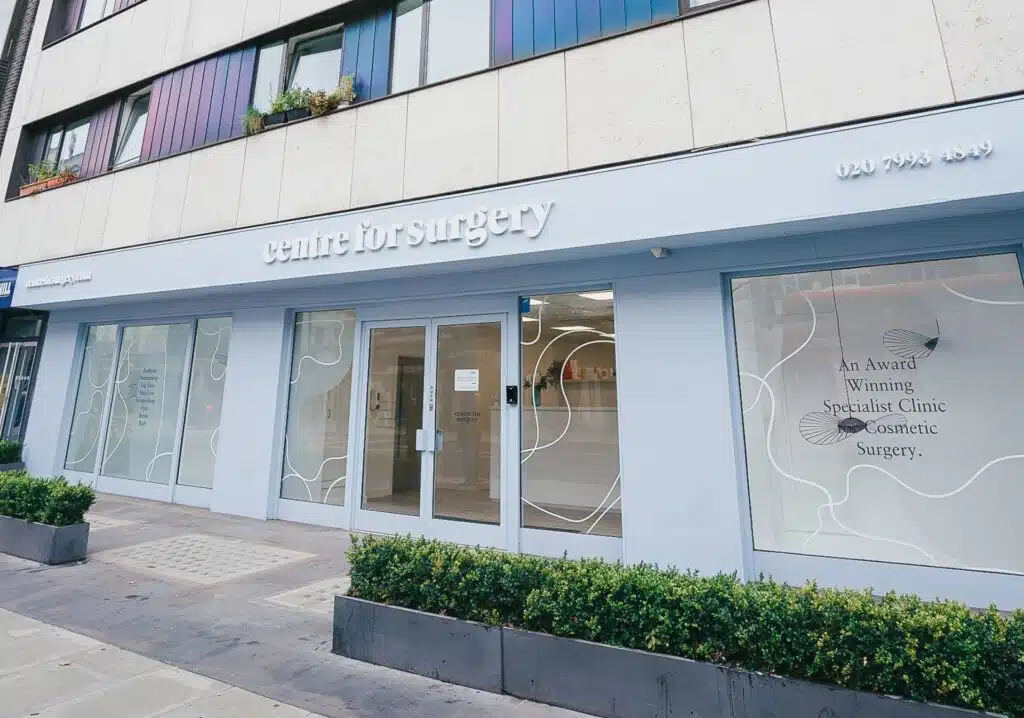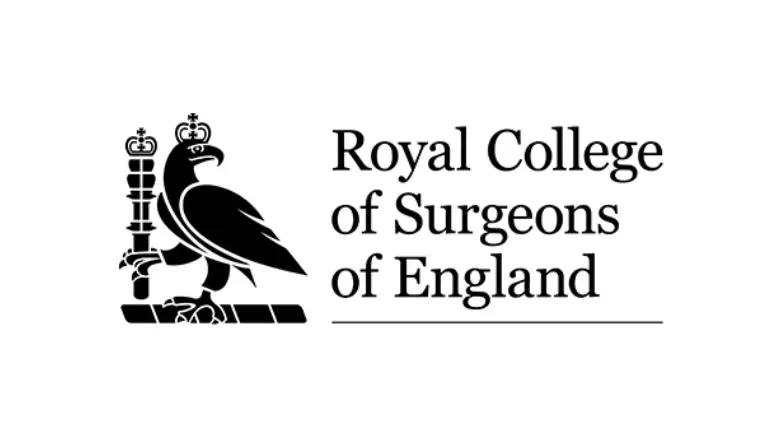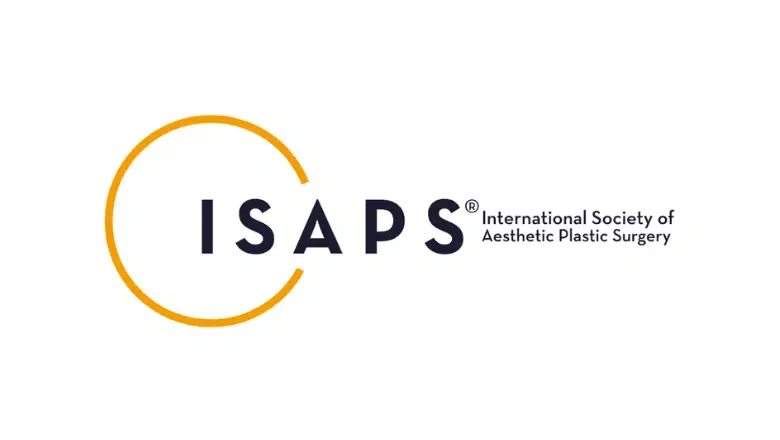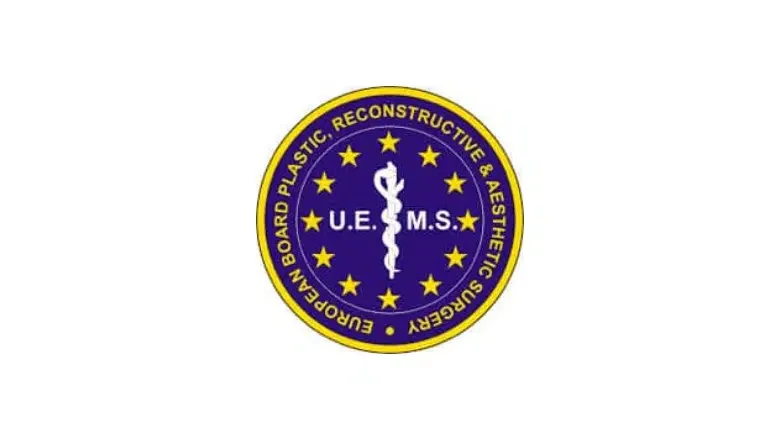Effects of Muscle Repair in Abdominoplasty
Abdominoplasty, commonly known as a tummy tuck, extends far beyond cosmetic enhancement. This procedure offers significant improvements to your overall health, particularly in addressing the complexities associated with the separation of abdominal muscles.
Our expert surgical team at Centre for Surgery has successfully completed countless tummy tuck procedures with muscle repair. This surgical intervention does more than alter external appearances; it fundamentally transforms the inner workings of your body. Patients experience a notable increase in core strength, an improvement in posture, and, as an added advantage, a beautifully sculpted midsection.
You might wonder whether muscle repair surgery is the appropriate choice for you.
This guide explores the indicators of abdominal muscle separation, the underlying causes of this condition, and how a tummy tuck may be the unexpected solution you’ve been seeking. By understanding the symptoms and causes, you can make an informed decision about pursuing this life-enhancing surgery.
What is Diastasis Recti?
Identifying the Ideal Candidates for Tummy Tuck Surgery
When considering a tummy tuck, particularly for addressing diastasis recti, it’s crucial to understand that not everyone is an ideal candidate for this procedure. Factors such as the severity of diastasis recti and future pregnancy plans play a significant role in determining suitability for surgery.
Full Diastasis Recti
This procedure is particularly effective for those experiencing a complete separation of the abdominal muscles.
Resistant Abdominal Bulge
If you have an abdominal protrusion that remains unresponsive to diet and exercise, a tummy tuck might be the right choice.
Challenges with Abdominal Core Contraction
Difficulty in engaging or contracting the abdominal core muscles is another indicator.
Poor Posture and Stability Issues
A weakened core often leads to poor posture and stability, which can be corrected through this surgery.
Pain in Hips, Back, or During Intercourse
If you experience discomfort in these areas, it could be due to weakened abdominal muscles, making you a suitable candidate for a tummy tuck.
What Does Muscle Repair Surgery Involve?
Muscle repair surgery, often performed as part of a tummy tuck, is a detailed procedure designed to restore the strength and appearance of the abdominal area. Understanding the steps involved can provide insight into what to expect during this transformative surgery.
Step 1: Preparation and Anaesthesia
The surgery begins with the administration of anaesthesia to ensure comfort and a pain-free experience throughout the procedure. Once the anaesthesia takes effect, the surgeon is ready to commence the operation.
Step 2: Making the Incision
A carefully planned incision is made, typically extending from one hip to the other, just above the pubic area, and around the belly button. This incision is strategically placed to ensure minimal visibility post-surgery.
Step 3: Accessing and Repairing the Muscles
With the skin lifted, the surgeon gains access to the abdominal muscles. The primary focus here is on meticulously restoring the abdominal muscles to their original state. This involves tightening the muscles and creating a corset-like effect on the abdominal wall, enhancing both function and appearance.
Step 4: Tightening the Abdominal Skin
Following muscle repair, the surgeon then focuses on the abdominal skin. This skin is stretched and tightened to achieve a smooth, contoured appearance. The surgeon takes great care in ensuring that the body contouring looks natural and balanced.
Step 5: Removing Excess Skin and Closing the Incision
Any excess skin is trimmed away, and the incision is then carefully closed. This step is crucial for ensuring minimal scarring and optimal healing.
Step 6: Crafting the Belly Button
The final step involves the creation of a new belly button, often designed to look like a natural ‘innie’. This is an essential part of the procedure as it contributes significantly to the aesthetic outcome of the surgery.
Post-Surgery Care and Recovery
After the surgery, patients will receive detailed instructions for post-operative care to ensure a smooth and successful recovery. It’s important to follow these guidelines closely to achieve the best results and avoid complications.
Tummy Tuck Recovery
Here’s an overview of what you can expect during the various stages of recovery following a tummy tuck procedure:
Week 1
In the first week post-surgery, you’ll likely have drains in place to prevent fluid accumulation at the surgical site. It’s normal to experience some bruising, swelling, and tenderness during this time. These are typical signs of the body’s natural healing process. Additionally, you’ll be wearing a specially designed binder for about six to eight weeks. This binder is crucial for maximising healing and optimising the results of your tummy tuck.
RELATED: Recovery after Tummy Tuck – Top Tips after Abdominoplasty
During this initial period, your mobility will be somewhat limited. You’ll need assistance moving around and will be advised to walk with a slight bend to avoid straining the surgical area. The primary focus during this phase is on resting and gently easing into the recovery process.
Week 2
By the second week, the drains are typically removed, marking a significant milestone in your recovery. You’ll gradually start feeling more energetic, but it’s important to continue resting adequately. Incorporate brief, slow walks into your daily routine to promote circulation and healing. While you may find yourself standing a bit straighter, maintaining a slight bend is still important to protect the surgical site.
RELATED: How to Walk After A Tummy Tuck
Week 3
The third week often brings a noticeable improvement in how you feel. You’ll likely start feeling more like yourself and can stand up straight again. Some residual bruising and swelling are normal but will continue to diminish as your body heals.
Weeks 4 to 6
Around the fourth to sixth week, your surgeon will typically give you the clearance to stop wearing the binder and begin treatments for scar management. This period marks a significant transition as you can slowly start returning to work and resuming your daily activities. If you’re eager to get back to the gym, this is usually the time when your surgeon will give you the go-ahead to resume your exercise routine, albeit with some limitations initially.
Month 3 and Beyond
From the third month onwards, you’re well into the benefits of your fully healed tummy tuck. You’ll notice a stronger core, improved posture, and a newfound love for your flat tummy.
For long-term maintenance after a tummy tuck, it’s crucial to adhere to the following tips:
- Always follow the post-operative advice given by your surgeon.
- Maintain a stable weight to support the results of your surgery.
- Eat a balanced diet rich in nutrients to support healing and overall well-being.
- Stay active with regular exercise to maintain a strong core and a healthy body.
- Avoid smoking or vaping, as these can hinder the healing process.
- Plan pregnancies thoughtfully, as future pregnancies can affect the results of your tummy tuck.
Potential Risks of Abdominoplasty
While a tummy tuck can be a life-altering procedure, particularly when addressing diastasis recti, it’s essential to acknowledge that, like any surgical intervention, it carries inherent risks. Being aware of these potential complications is crucial for anyone considering abdominoplasty. Here’s an expanded discussion on the risks associated with this procedure:
Scarring from the Tummy Tuck Procedure
One of the most common concerns is the presence of scars post-surgery. Tummy tuck scars are an inevitable part of the healing process. These scars can vary in size and visibility, depending on the extent of the surgery and your body’s natural healing response.
Risk of Infection or Excessive Bleeding
As with any surgical procedure, there is a risk of infection or excessive bleeding during and after abdominoplasty. Surgeons take meticulous measures to minimise these risks, but they remain a consideration for patient safety.
Changes in Skin Sensation
After surgery, some patients may experience altered skin sensations, such as numbness or tingling, in the surgical area. This is typically due to the repositioning of skin and tissues and can be temporary or, in rare cases, longer-lasting.
Pain and Discomfort
Pain and discomfort are expected in the immediate postoperative period. This is usually managed effectively with prescribed pain medication and gradually resolves as the healing process progresses.
Potential for Disappointment with Results
Every individual has unique expectations for their tummy tuck outcome. In some cases, the results may not align perfectly with these expectations, leading to disappointment. It’s vital to have realistic expectations and a thorough pre-operative discussion with your surgeon.
Possibility of Needing a Revision Tummy Tuck
In some instances, patients may require a revision tummy tuck to address issues from the initial surgery or to refine the results further. This is relatively uncommon, but it is a possibility to be aware of.
Mitigating Risks with Expert Care at Centre for Surgery
The key to minimising the risks associated with a tummy tuck is choosing a reputable and experienced surgical centre. At Centre for Surgery, our surgeons boast a proven track record of exceptional outcomes, significantly reducing the likelihood of complications. Our team employs the latest techniques and adheres to the highest standards of patient care, ensuring that your journey is as safe and successful as possible.
Why Choose Centre for Surgery for Abdominoplasty with Muscle Repair?
Unmatched Expertise and Personalised Care at Centre for Surgery
At Centre for Surgery, we stand at the forefront of cosmetic excellence, offering top-tier abdominoplasty with muscle repair. Our clinic is renowned for its patient-focused approach, state-of-the-art facilities, and a team of highly skilled surgeons who are experts in the field of plastic surgery.
Patient Testimonials: Real Stories, Transformative Results
- Sarah, London: “My experience at Centre for Surgery was nothing short of remarkable. The team was incredibly supportive throughout my journey. Post-abdominoplasty, I feel like a new person – more confident and comfortable in my skin.”
- James, Manchester: “I was apprehensive about the surgery, but the surgeons at Centre for Surgery were phenomenal. They explained every step with great detail, and the results are amazing. My abdominal area has never looked better!”
- Emma, Bristol: “The level of care I received was exceptional. From the initial consultation to post-surgery follow-ups, the team was always there for me. My recovery was smooth, and I am thrilled with my tummy tuck results.”
Booking Your Consultation: Start Your Journey Today
To book a consultation and learn more about how we can help you achieve your aesthetic goals, please contact us:
- Phone: 0207 993 4849
- Email: contact@centreforsurgery.com
- Address: 95-97 Baker Street, London W1U 6RN
For more detailed information about our clinic and the services we offer:
- About Us: Discover our clinic’s philosophy and approach to patient care on our About Us page.
- Finance Options: We provide various finance options, including 0% APR with Chrysalis Finance. Learn more on our Finance Options page.
- Plastic Surgery Blog: Gain deeper insights into abdominoplasty and other procedures by visiting our Plastic Surgery Blog.
- Clinic FAQs: Have questions? Find answers on our Clinic FAQs page.
- Baker Street Clinic: Explore our state-of-the-art Facility, designed for your comfort and safety.
At Centre for Surgery, we are committed to providing an unparalleled experience, ensuring that each patient’s journey is as smooth and fulfilling as possible. Join us to embark on a transformative journey with our expert team, where your comfort, safety, and satisfaction are our top priorities.

